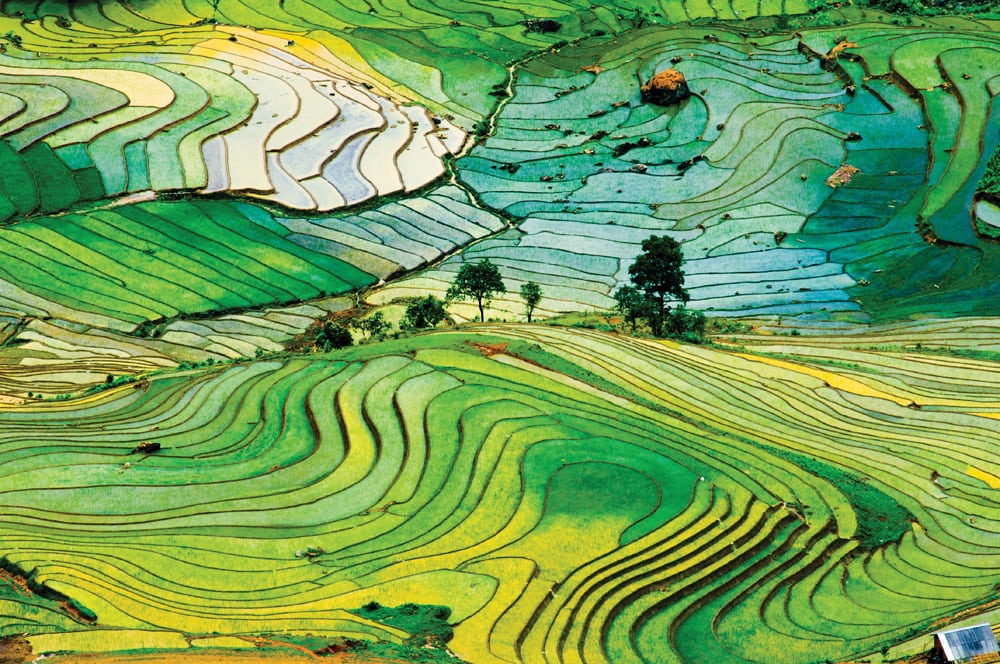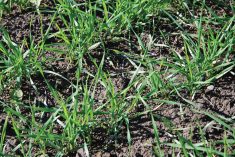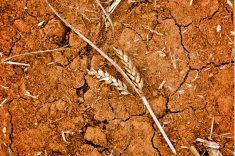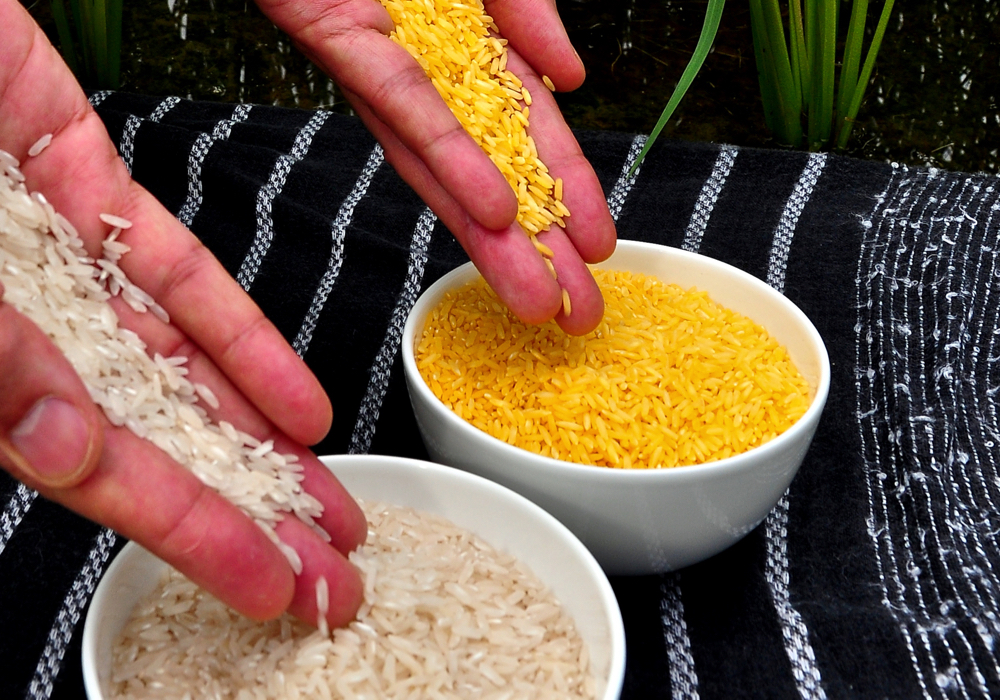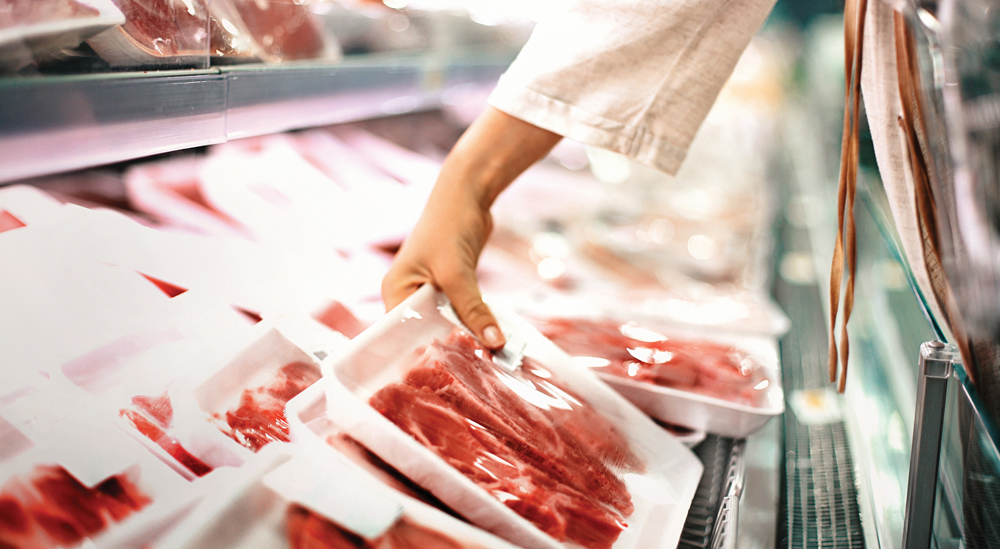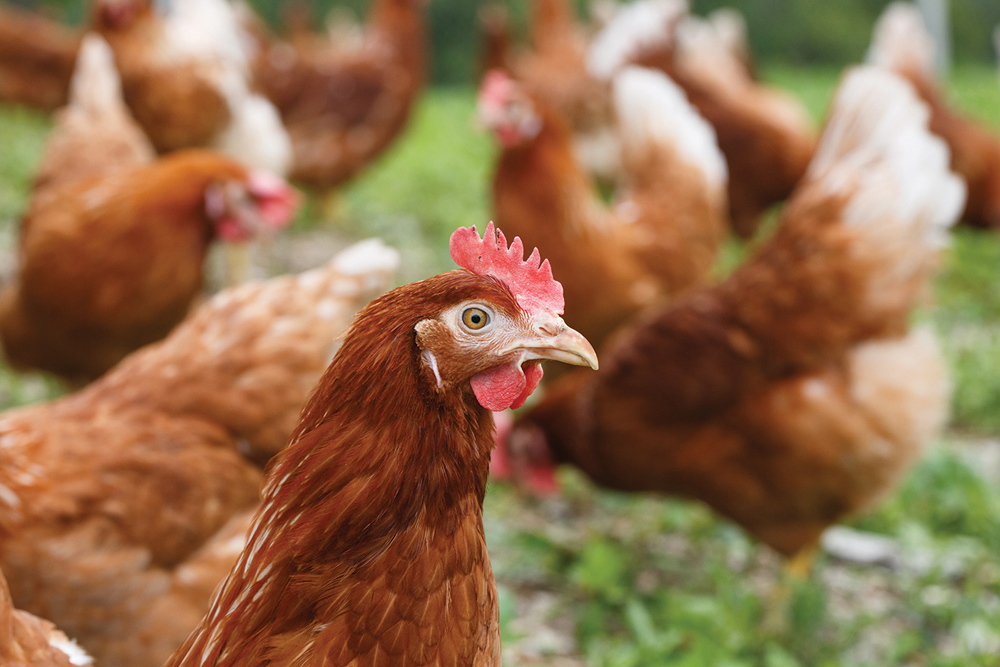Rice grown at higher carbon dioxide (CO2) concentrations, like those possible later this century, has lower nutritional value, according to a recent study.
Notably, some varieties of rice seemed to react differently to increased levels of CO2, say the study’s authors, showing relatively smaller decreases in nutritional value.
The finding that rice’s nutritional quality can suffer as atmospheric CO2 concentrations increase has notable implications for populations in regions that rely on rice for primary nutrition. Rice is the primary food source for more than two billion people around the world, a key source of protein and vitamins.
Read Also
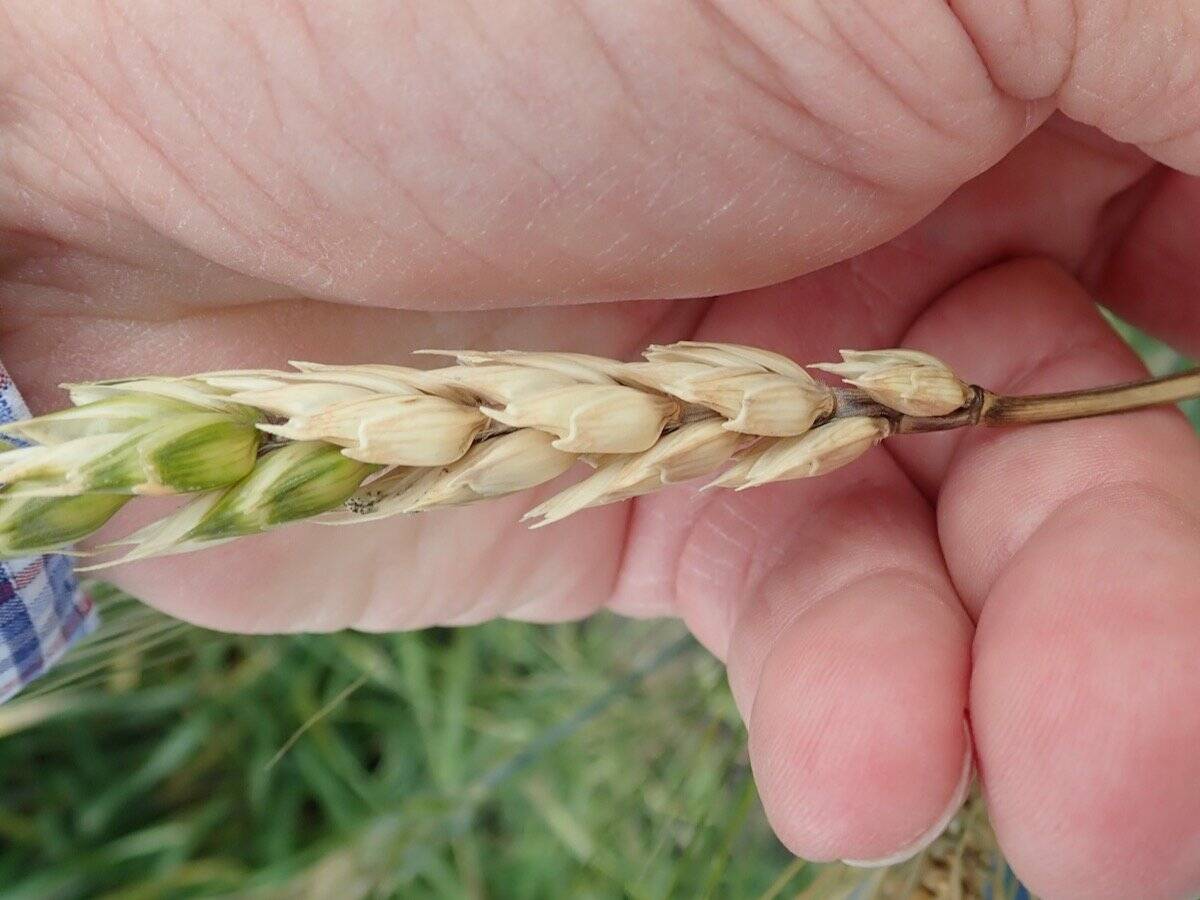
Detector in development to spot fusarium head blight’s signature toxin
A portable machine that would allow wheat growers to identify kernels contaminated with fusarium head blight’s signature mycotoxin is in development at the University of Saskatchewan.
Experts interested in the effects of human-caused changes on agriculture crops like rice have typically focused their studies on effects on agricultural production. However, how climate change affects crops’ dietary quality has received little attention.
With this in mind, researcher Chunwu Zhu and colleagues at the Chinese Academy of Sciences conducted multi-year free-air CO2 enrichment experiments, in which pipes were placed around a specific plot of crop-land to control the CO2 level.
They did this work in Japan and China to observe the effects of anticipated end-of-century CO2 concentrations on 18 varieties of rice. They confirmed declines in protein, iron and zinc, as well as consistent declines in vitamin B, in all varieties, under increases of this greenhouse gas.
The greatest impact and risk of such a result, say the authors of the paper recently published in the online journal Science Advances, will be to countries consuming the most rice with the lowest GDP.

